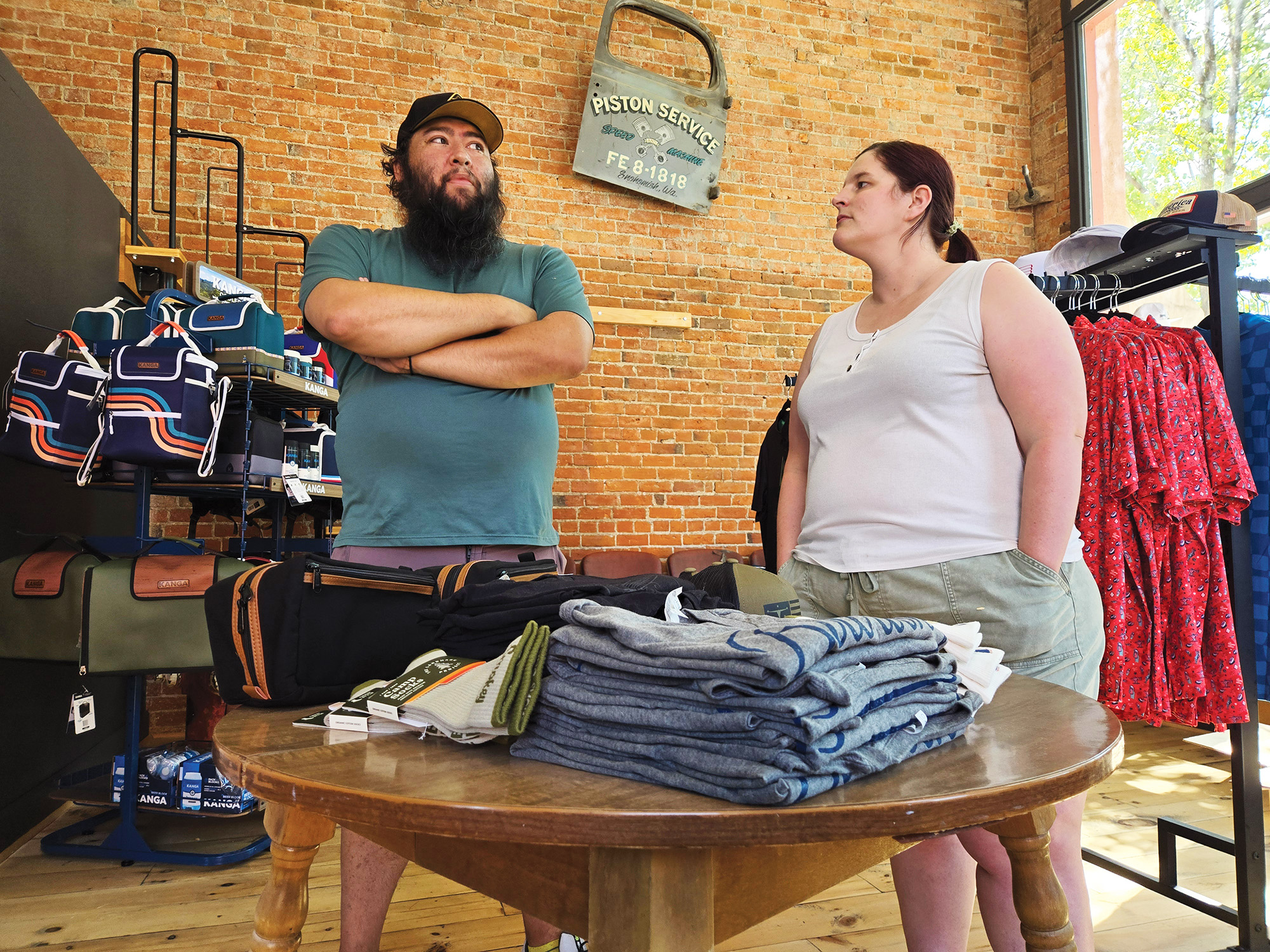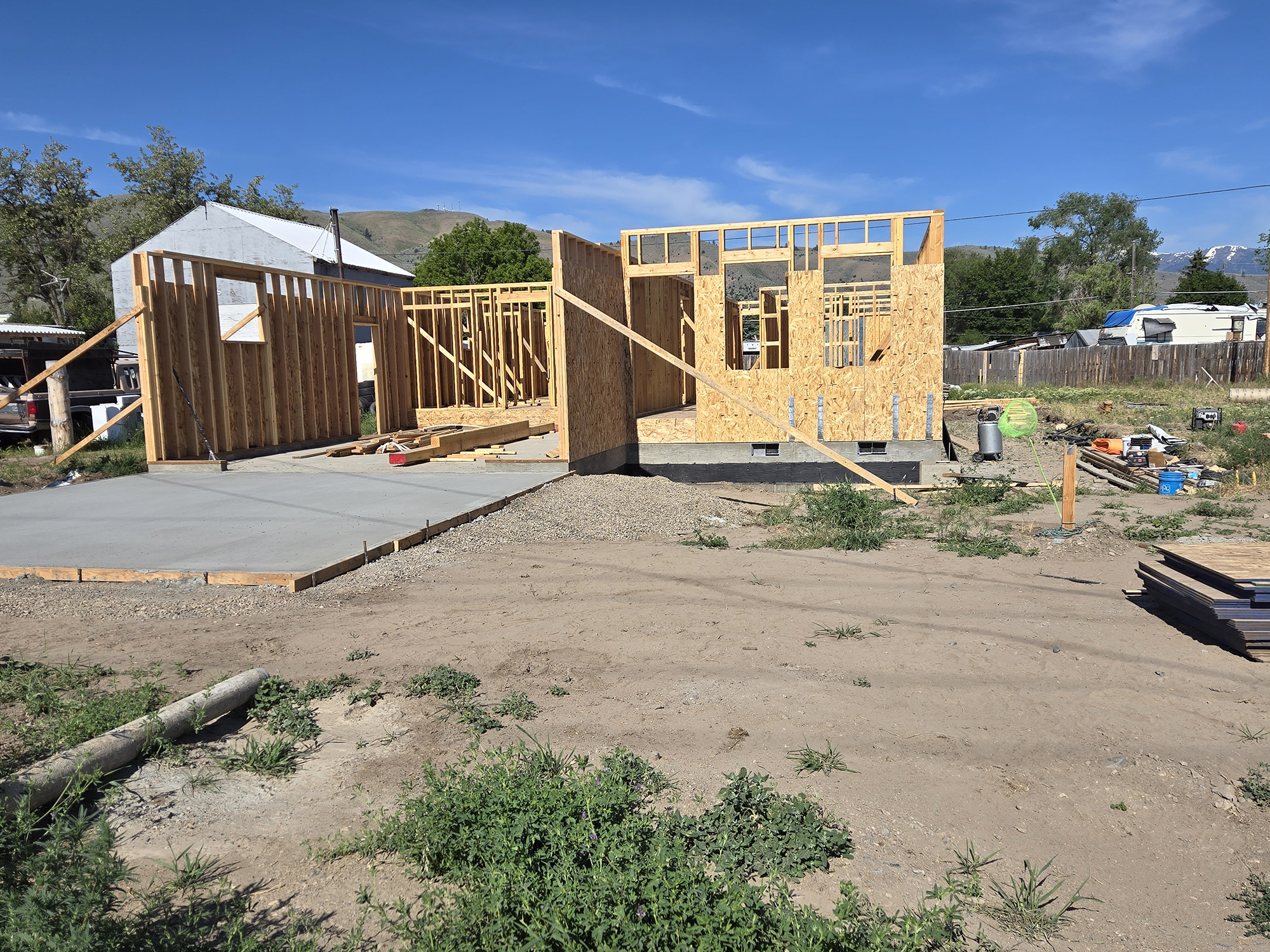COLUMN: Early June snow already feels like nostalgia
Published 1:54 pm Friday, July 2, 2021
I love the mountains but I don’t trust them.
Trending
It wasn’t always so.
I am by nature credulous. Gullible, even.
But after a series of incidents that had me slogging along a trail in a storm, my socks saturated with icy water, my face so numb I could issue guttural grunts but not form actual words, I wised up.
Trending
The mountains can be treacherous any time.
But late spring is the season, it seems to me, when the mountains are most likely to get up to their brand of meteorological mischief.
The trick tends to be especially convincing in years when summer heat arrives early, as it did this year.
The heat wave during the first week of June — it already seems nostalgic given what we’ve endured the past week — prompted me both to wrestle one of our two window air-conditioners out of the shed, and to switch my at-home wardrobe to shorts and T-shirts.
I’ll doggedly stick with that basic outfit through September, no matter the occasional summer cold front or cloudburst.
(I am equally consistent with my wardrobe of sweatpants and a fleece jacket from fall through mid-spring, even if I occasionally get a trifle sweaty during a January thaw or one of those strange March days when the sun bears down with a ferocity reminiscent of August.)
When we decided on Sunday, June 6, to drive up to Anthony Lakes and see if Black Lake was still icebound, I wasn’t persuaded by the balmy temperature in my yard.
In the waning days of spring the difference in weather between Baker Valley and the elevated topography of the Elkhorns can be roughly equivalent to the difference between the tropics and the arctic.
I dressed as I would for a snowshoe hike.
Except for the snowshoes, which we left behind. I reasoned that the chilly night — the automated weather station near the top of the ski area’s chairlift recorded a low of 25 — would have frozen the lingering snowdrifts sufficiently that our boots would crunch on the crust rather than plunge into the soggy, grainy snow beneath.
(Notwithstanding mosquitoes, a category of annoyance with no real competitor, slushy spring snow exhausts my patience more rapidly than any other backcountry obstacle. After a few episodes of sinking up to my crotch and then trying to extricate a boot from the icy clutches, I pine for any type of trail condition, whether dust or mud.)
When we got to the Elkhorn Crest trailhead the car thermometer was showing 39 degrees, and tendrils of fog were whipping across the notch that cleaves the summit of Gunsight Mountain and gives the granitic peak its name.
Snow covered the trail for most of the first quarter mile or so but the drifts, as I hoped, were firm.
The low ground was sodden, pools of meltwater ankle deep in places. It was a picturesque scene, the epitome of an alpine spring, but I was plagued by thoughts of mosquito larvae, which must number in the millions in those temporary ponds.
We were fortunately a few weeks too early to have to deal with those pests.
Black Lake was ice-free. Last June when we hiked here, just two days later in the month, the only open water was a fringe along the north shore where the ice had pulled back.
Snow started to fall while we were there at the lake, a gentle shower but incongruous given what we had been through recently in the lowlands.
Three days earlier I was mowing my lawn in 90-degree heat, but this memory seemed as flimsy as a nightmare in the clear light of morning.
We made a loop, returning to the trailhead by way of Anthony Lake. As we walked the trail on the lake’s east shore the desultory shower of tiny ice pellets matured into a squall of fat flakes, propelled across the lake by a freshening wind. Only the bare patches on the ski runs, and the stationary chairlift, betrayed the season, ruining the illusion that it was midwinter rather than the cusp of the summer solstice.
We trudged back to the car. I started the engine and, for possibly the last time until autumn, I twisted the temperature control into the red until it stopped.
— — — —
Thunder rumbled in the night and I fumbled on the bedside table for my glasses.
I wasn’t sure if the hollow sound, like distant artillery fire, had awakened me, or whether I was merely between dreams in a moment of semi-consciousness that coincided with the thunder.
My initial thought — it felt more like a compulsion, actually — was to tap my phone and summon the Doppler radar, which like so much else in our digital age, is incapable of sleep.
This simple act, the work of a few seconds, would show me not only the precise location of the storm that spawned the thunder, but also the direction it was moving.
I resisted the urge.
This is an increasingly rare thing these days — to leave closed the electronic window to the digital world of information.
Instead I slid open the analog, but absolutely tangible, window on the west side of our bedroom a couple more inches, the better to hear the thunder, and to gauge for myself, as I lay there in the dark, whether the vagaries of nature might bring the storm my way, and with it the aroma of summer rain, a scent that no app can duplicate.
Jayson Jacoby is editor of the Baker City Herald.








